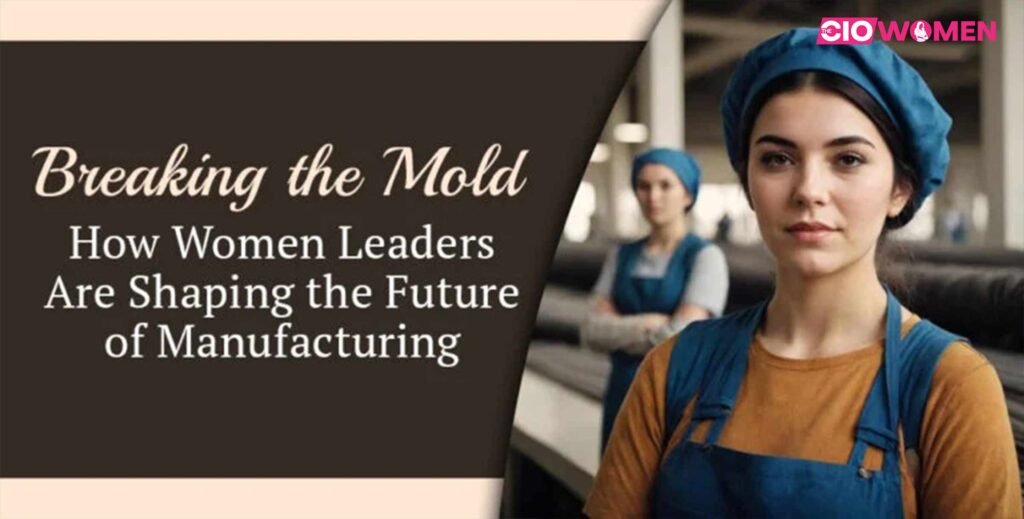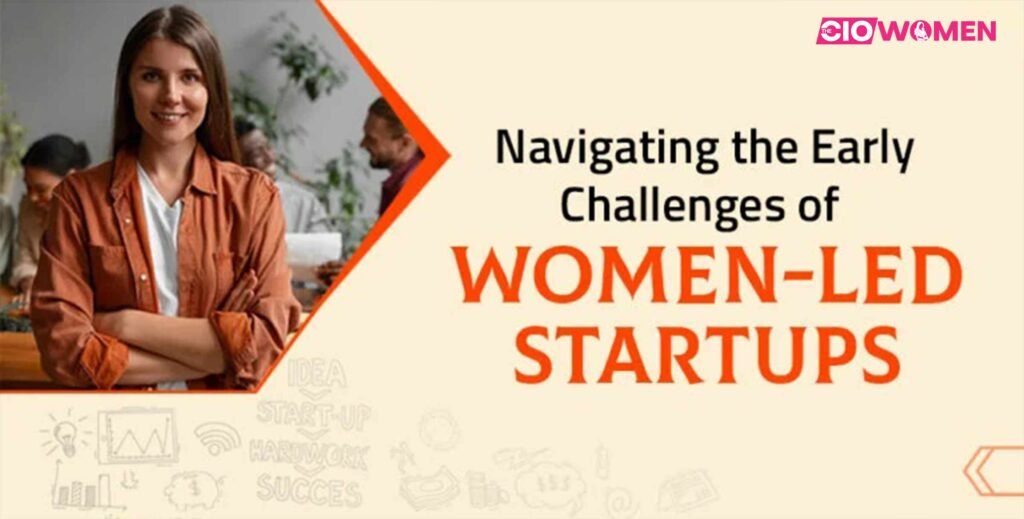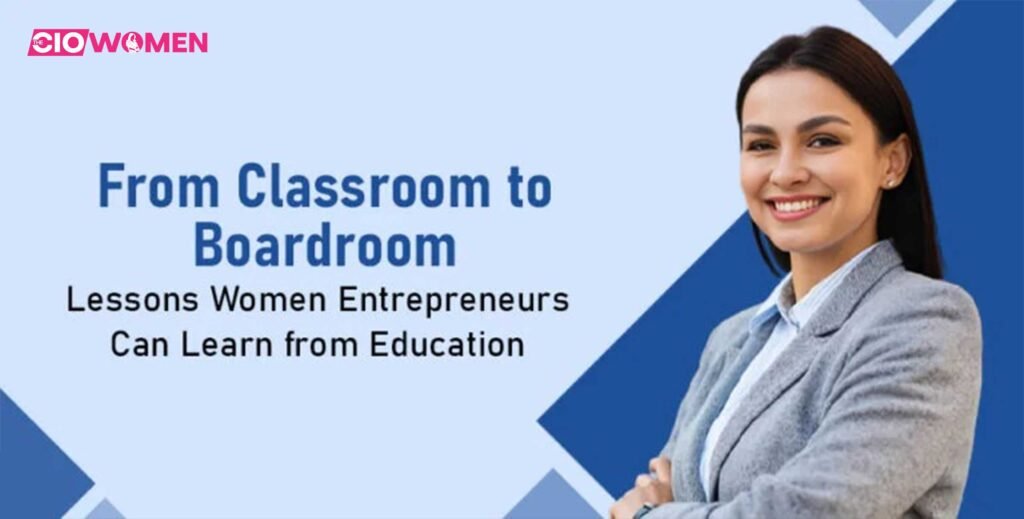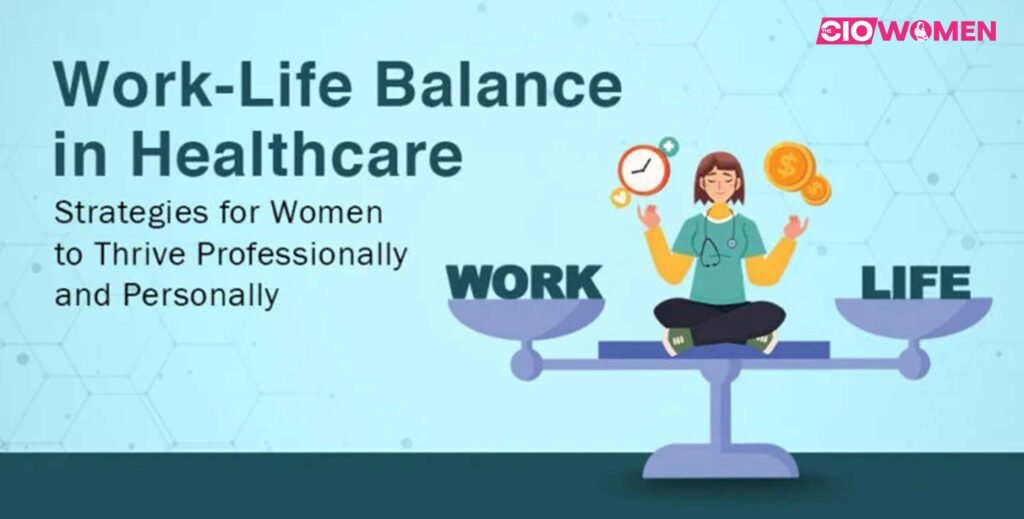The Power of Female Storytelling: How Women Creators Are Shaping Modern Media

Women creators today are reshaping the landscape of modern media with their unique perspectives, diverse narratives, and authentic voices. Through film, television, literature, podcasts, and digital platforms, female storytellers bring depth and nuance to stories that were once underrepresented or ignored. This transformative wave is not only enriching cultural conversations but also challenging stereotypes, breaking […]
Mastering the Art of Intuition in Fashion Business: Why Women Entrepreneurs Excel

In the fast-paced world of fashion, intuition is often the hidden key to success, especially for women entrepreneurs. Their ability to read trends, understand customer desires, and make quick, creative decisions allows them to stay ahead in a competitive industry. This natural knack for intuition blends creativity, empathy, and business acumen, enabling women to craft […]
Scaling Up Smart: Financial Strategies for Women-Owned Manufacturing Businesses

Growing a manufacturing business owned by women comes with unique challenges and opportunities. Smart financial strategies are essential for sustainable expansion, ensuring that the business remains competitive and profitable while managing risk. This guide focuses on key financial tactics designed to help women entrepreneurs in manufacturing scale effectively. From managing cash flow to securing funding, […]
Breaking the Mold: How Women Leaders Are Shaping the Future of Manufacturing

The manufacturing industry has traditionally been seen as a male-dominated sector, but this narrative is rapidly changing. Women leaders are breaking barriers and reshaping the future of manufacturing with their visionary leadership, innovative approaches, and commitment to diversity. Their unique perspectives are driving technological advancements, improving workplace culture, and fostering sustainable practices. As women rise […]
Innovating from Within: How Women Leaders are Shaping the Future of Tech

Women leaders in technology are not just filling roles—they’re redefining them. Through vision, resilience, and purpose-driven innovation, they are transforming workplaces, cultures, and the direction of the industry itself. These trailblazers are dismantling long-standing barriers, introducing empathetic leadership models, and fostering a future where inclusivity and innovation go hand in hand. They’re not only building […]
Navigating the Early Challenges of Women-Led Startups

Women entrepreneurs are reshaping the startup ecosystem with innovative ideas, inclusive values, and resilient mindsets. Across industries, they are introducing not just new products or services—but new ways of thinking, leading, and growing businesses. However, the path to building a successful venture is rarely linear. It often includes navigating a unique set of early challenges […]
How to Build Sustainable Retail Brands for Women Entrepreneurs

Building a sustainable retail brand isn’t just about creating products; it’s about creating purpose, value, and lasting impact. For women entrepreneurs, the journey often includes unique challenges and opportunities—from breaking barriers in male-dominated industries to creating brands that resonate with conscious consumers. Here’s how women can build successful, sustainable retail brands that stand the test […]
From Classroom to Boardroom: Lessons Women Entrepreneurs Can Learn from Education

The journey from classroom to boardroom is not just a metaphor—it’s a powerful parallel. The education system teaches far more than academic subjects; it cultivates the foundational skills every successful woman entrepreneur needs to thrive in business. Here’s how lessons from the classroom translate into boardroom brilliance: Beyond textbooks, education fosters critical thinking, problem-solving, and […]
Work-Life Balance in Healthcare: Strategies for Women to Thrive Professionally and Personally

In the demanding and fast-paced world of healthcare, women often find themselves juggling professional responsibilities with personal commitments. From long shifts and high-pressure environments to caregiving and family obligations, achieving a healthy work-life balance can seem like an elusive goal. However, with the right strategies and support, women in healthcare can thrive both professionally and […]

